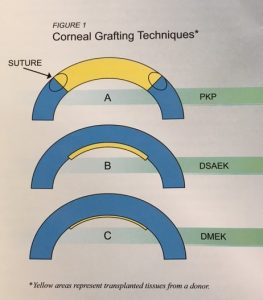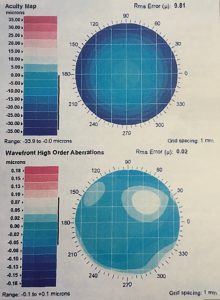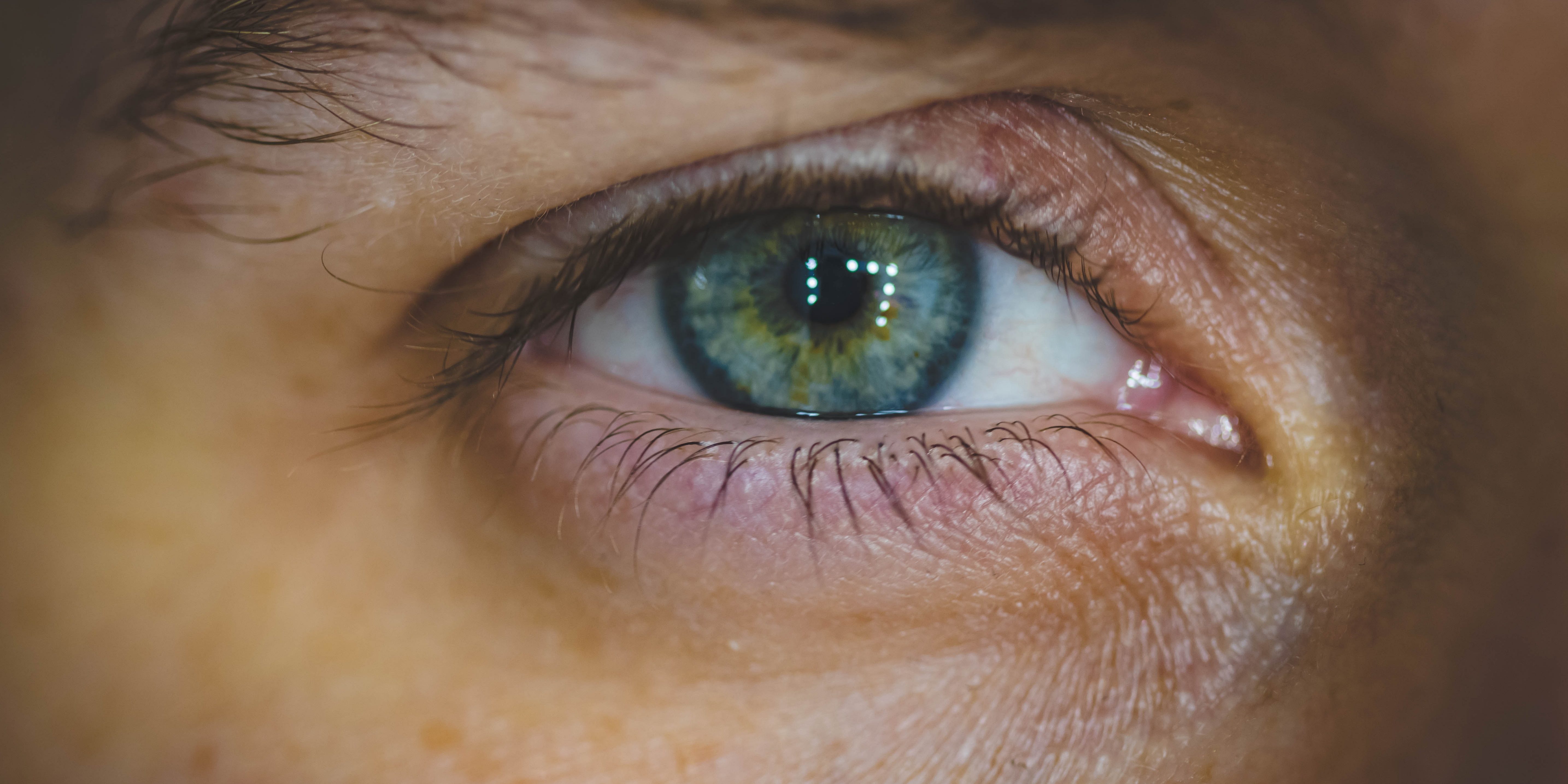Faster Recovery, Better Results
The decision to have surgery is never an easy decision to make. Some surgeries are considered routine, others are complex and risky. But every surgery, no matter how routine, has its risks and its own unique recovery period. A patient must consider whether the risks outweigh the benefits, and whether they will be better off in the long run having surgery or holding off.
Good News! Exciting advances are occurring in the world of ophthalmic surgery that enable patients to see better and recover faster. Two such advances are in the area of corneal transplantation, and laser-assisted in-situ keratomilieusis (or LASIK) which can now be customized to each individual patient.
Developments in Corneal Surgery
Corneal Transplant Surgery – what are your options?
In 1905, the first successful corneal transplant (or penetrating keratoplasty known as a PKP), was performed (see figure 1A) to treat a patient suffering from a chemical burn. Since then, not much has changed except for improvements in cutting, suturing and other techniques. The basic approach has remained the same: cut out the bad cornea – all five layers – and sew in a new donor cornea.
in a new donor cornea.
In the past 10 years, however, a revolutionary procedure called Descemet Stripping Automated Endothelial Keratoplasty (DSAEK) is changing the game by allowing surgeons to target and strip out the bad cells on the diseased endothelial layer of the cornea, and insert new, healthy cell (see Figure 1B). This is done by pre-slicing a donor cornea – just the inner, endothelial layer and Descemet’s Membrane, where the good cells are located. The graft is folded and pressed onto the back of the cornea via an air bubble (no sutures required), letting the new cells replace the old, damaged ones.
For patients with Fuchs endothelial dystrophy and other corneal diseases, this is huge. In a healthy eye, cells on the inside of the cornea pump fluid out of the cornea so you can see through it. With Fuchs, however, the fluid is retained causing corneal edema, which can eventually lead to light sensitivity, blurred vision and eventual loss of transparency. Correcting this problem early with DSAEK affords the following benefits:
- Patients can avoid the more radical corneal transplant, where they would need to wait 6 to 12 months to recover and get glasses.
- Patients enjoy a faster recovery time, getting glasses four to six weeks post-surgery
- Results are significantly better, retaining natural tissue and avoiding astigmatism and wound healing issues – a side effect of corneal transplants.
- Simultaneous removal of cataracts, a side effect of steroid drops used to manage certain corneal diseases, can be performed at the same time, avoiding another surgery in the near future.
Another procedure still which continues to evolve is a modification of DSAEK called Descemet membrane endothelial keratoplasty (DMEK). The goal is to further improve recovery time and visual outcomes with an even thinner targeted graft. In this procedure, the graft contains no corneal stroma – just the Descemet membrane and endothelium, avoiding stromal compatibility issues. Since the donor tissue is thinner, it is introduced through a smaller incision and applied to the back of the cornea – again, via an air bubble (see Figure 1C). In addition, rejection rates of the donor tissue is markedly lower with the DMEK procedure which may decrease the need for long term steroid drop use or at least allow for a reduced strength steroid drop, reducing some of the side effects associated with long term use of steroids.
Custom LASIK Surgery
Technological advances are also occurring in the corneal laser refractive surgery, including LASIK, to make patients less dependent on corrective eyewear. Conventional LASIK, which received FDA approval in 1999, involves reshaping the cornea to improved eyesight. It is a great long-lasting solution for treating lower-order aberrations such as nearsightedness (myopia), farsightedness (hyperopia) and astigmatism.
Typically, the surgeon makes a flap in the cornea with a laser, lifts the flap, applies a high-precision excimer laser to sculpt the cornea, then puts the flap back down. It is a fast and relatively painless procedure, with very good results – but until recently, treatment could not be personalized to the patient.

Today, custom LASIK technology allows treatment to be tailored to the individual, addressing both the lower-order aberrations mentioned above, in addition to higher-order aberrations which can cause halos, shadows, glare, poor night vision and reduced contrast sensitivity. Custom LASIK, therefore, not only improves how much you can see (e.g. 20/20), but also how well you can see.
The difference between conventional and custom LASIK can be compared to buying clothes of the rack versus buying clothes tailored just for you. Custom LASIK is a customer fit, one that measures how light travels through the patient’s eye by using Wavefront technology. It creates a 3D map of the eye’s unique contours, distortions and visual characteristics (see Figure 2). This data is then transferred back to the laser, allowing the surgeon to guide the laser with pinpoint accuracy and achieve the best results for each patient.
Treatment and recovery time as essentially the same as conventional LASIK, with most people noticing a dramatic improvement immediately after the procedure.
In Summary
Good vision is critical to the well-being of every patient. For patients suffering from corneal issues, such as Fuchs Dystrophy, requiring surgery to achieve better vision, it’s a good time to be alive! Some wonderful surgical options now exist, and patients and doctors together can determine what option is best. Patients may benefit greatly from the DSAEK or DMEK procedures, which are much less invasive with much better results and a far faster recovery time than a full-thickness corneal transplant.
Furthermore, if you know someone who considered LASIK years ago but were concerned about the potential side effects of glare and halos, they may want to consider custom LASIK instead, since it can be tailored specifically to their needs – minimizing side effects and maximizing outcomes.
If you or someone you know is challenged with these visual issues, please take a few minutes to give the office a call. We will happily help you understand your condition and the options available to help you see better faster!

